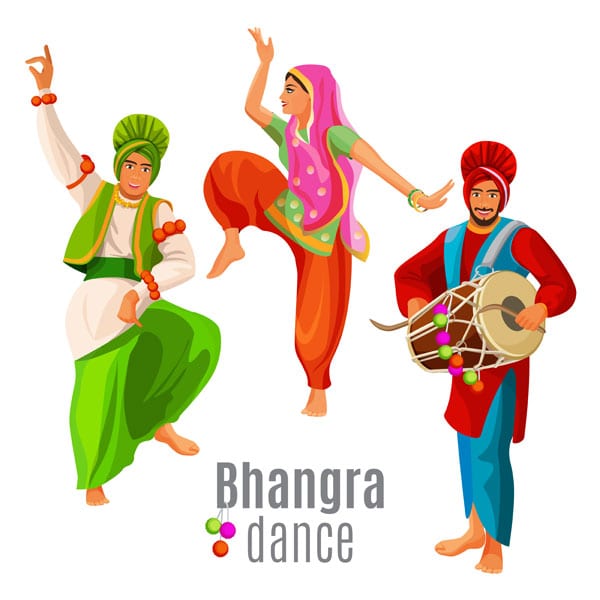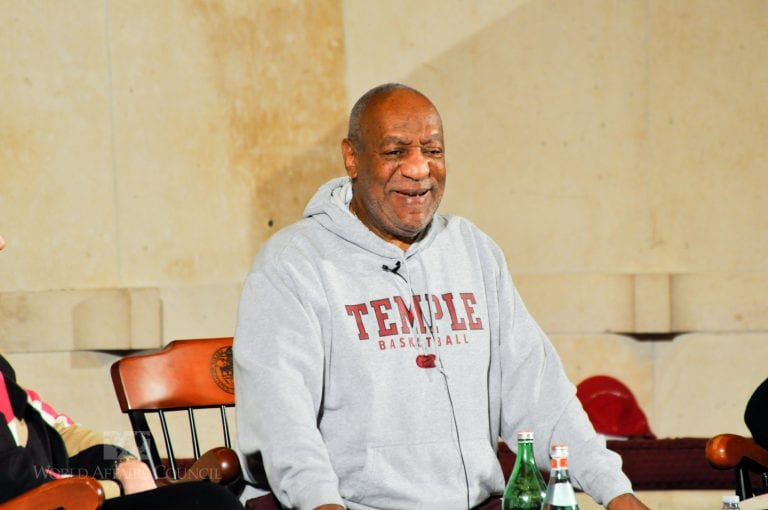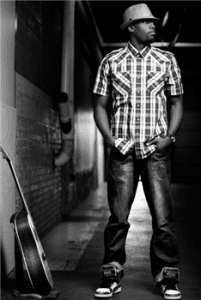
Where Did Bhangra Come From?
Bhangra! Get Hopping!
When we talk about bellydance, most of the time we are focusing on the things we have seen in the movies and hookah lounges. We think of bedazzled bras, and shimmering coin belts on shimmying hips. This image is not wrong if we focus solely on the Middle Eastern and Westernized styles of bellydance. But, bellydance is also based on folk dances that cover a much larger area in the East.
India and Tradition
India is a country that is so steeped in culture and unique traditions. Though at one time a colony of the British Isles, and still using English as one of the primary languages, there are many things that have carried from the ancient culture of the Indian people.
Bright colors and energetic music have stuck it out in the culture of India. Watch any Bollywood film and the glitter and the rainbow of shimmering fabrics will catch the eye and draw you in. The peppy musical beats are another part of the culture that will get any foot tapping, or in the case of Bhangra – hopping.
India and Dance
Wow! The first time watching a Bhangra dance piece wore me out! Just sitting there, watching the high leaps and seemingly constant bouncing, was making me tired. How on earth did they keep it up? Bhangra is a folk style dance, which is important to state because one of the other differences that is immediately clear when seeing Bhangra for the first time, is that men are welcome.
Men and women of India are invited to the dance floor when it comes to the Bhangra style. While many of the moves are the same for both sexes there are some things that only women, or only men, will do. Hand positions, for example can mean the difference between a more masculine move or a feminine pose. As a basic rule of thumb, the masculine hand poses will be closed, or very strong in appearance. Feminine poses are open, or soft and relaxed.
Movements of the legs and arms can differ as well between the men and the women of the Indian dance style. Men will typically offer larger and more warrior like movements. Women, more flirtatious or gentle.
All of these little details can be easy to understand when the dancer, or the audience enjoying Bhangra realize there is a folk story told in these moves. The story of most farmers and villagers are based on the things they did everyday. The men, typically, went off to fight or do heavy work in the fields. Women, however, would tend to lighter work or the care of the household. Both men and women did their fair share of jumping around though, and this is clear in the dance that was born of their daily lives.












